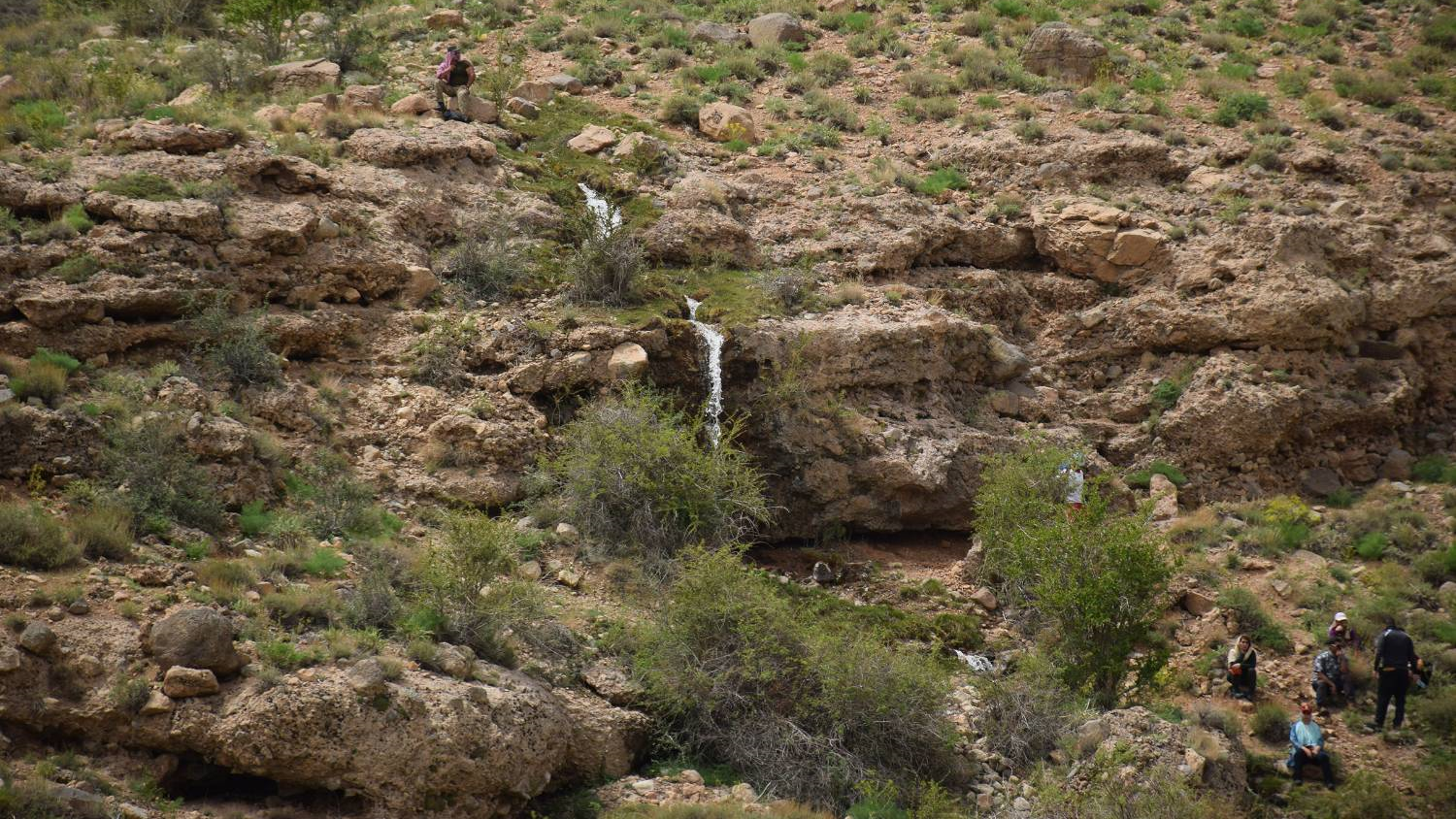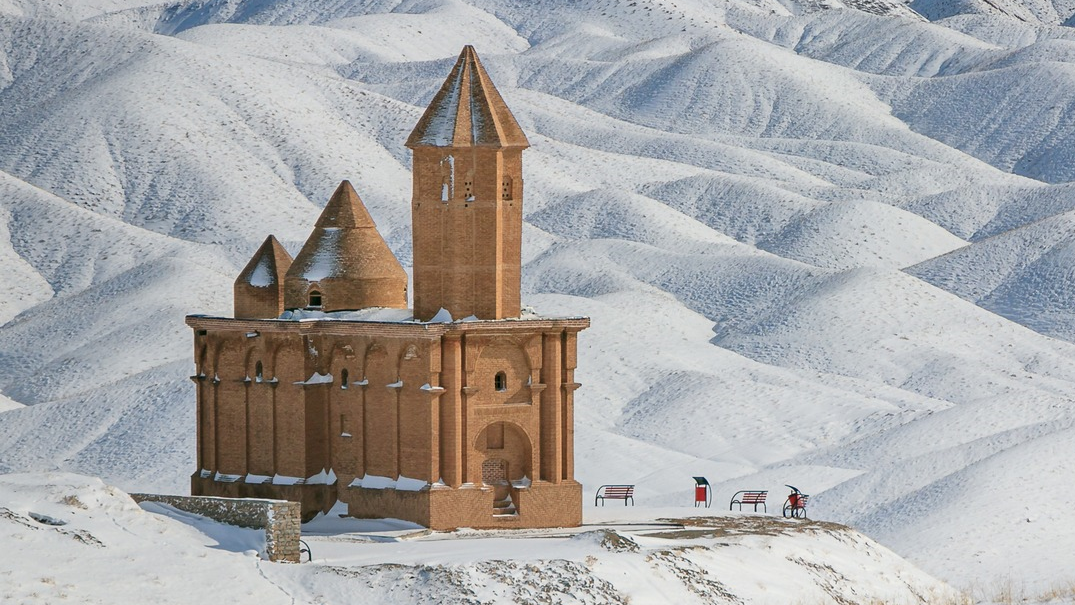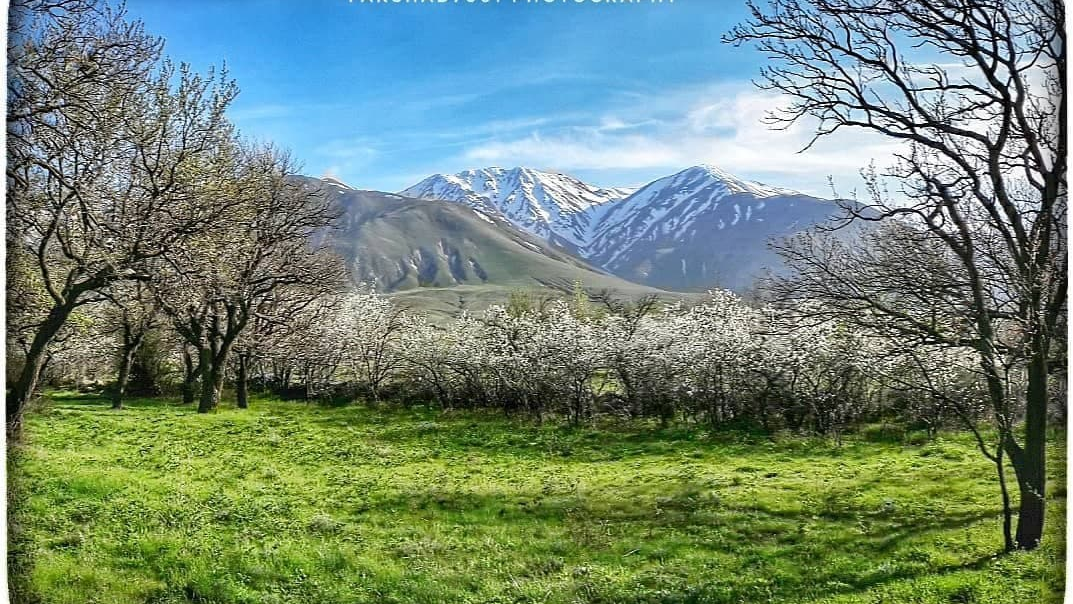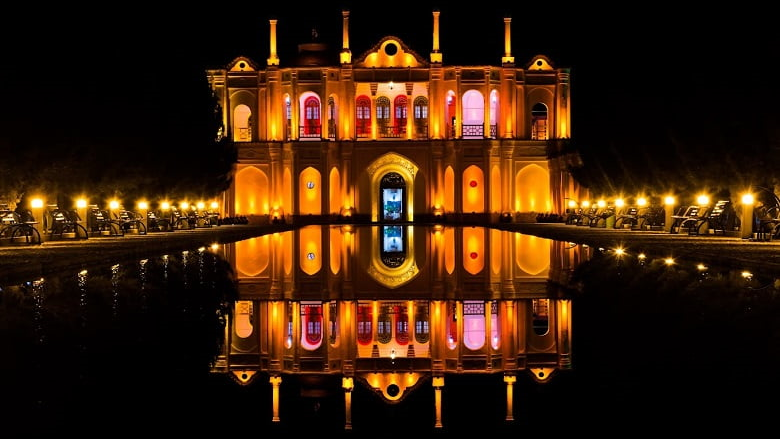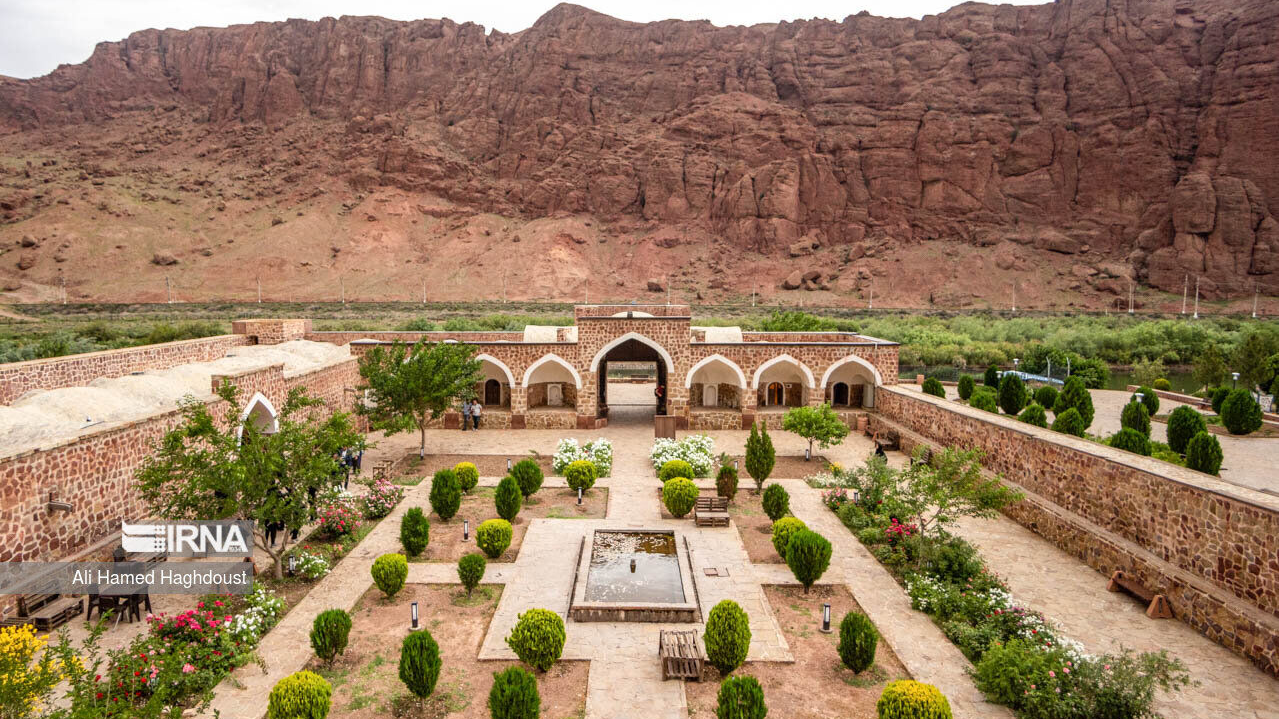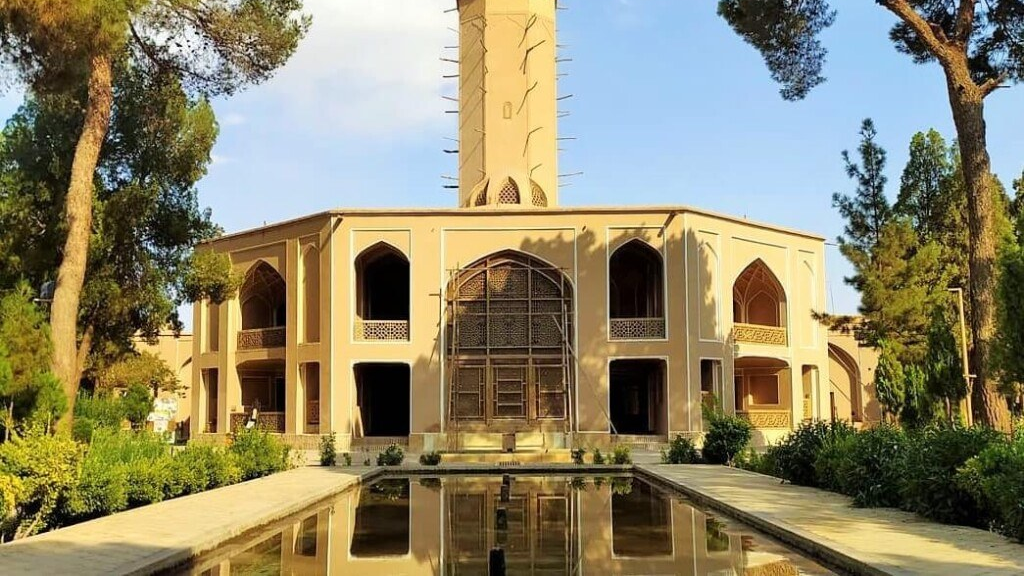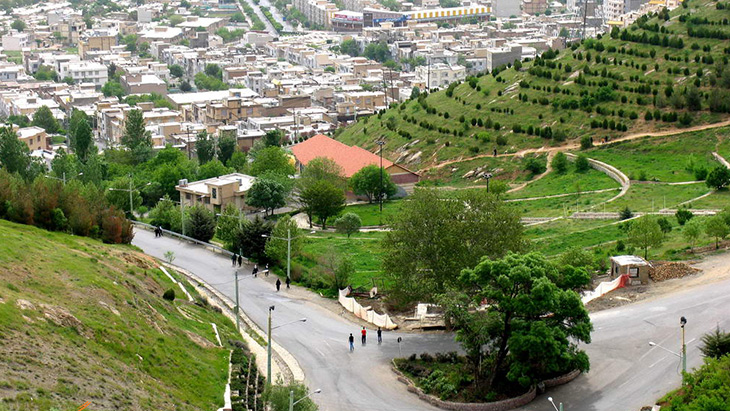
The Azarshahr Musalla: A Structure Standing Firm for Centuries
In Islamic culture, an open space outside mosques is called a mosalla (prayer ground). Mosallas are typically used on special occasions, particularly for large gatherings during Friday prayers or Eid al-Fitr prayers. Across various cities in Iran, mosallas serve as venues for worship and religious ceremonies. In Azarshahr, an old mosalla has been built atop a hill, considered a sacred place by the townspeople. The Azarshahr Mosalla features a beautifully carved stone mihrab (prayer niche) and remains in use today for certain religious ceremonies.
Azarshahr and Its Geography
The historic Musalla of Azarshahr stands atop a hill on the northern bank of the Dehkhavargan River, known locally as Tappeh Musalla (Musalla Hill). Among the locals, the hill is also called Yuvadaghi, Duvadaghi, or Musalla Daghi. In addition to this monument, other attractions of the county include the Masjed-e Ghadamgah (Footprint Mosque), carved by hand into solid rock; the Chaharsuq Vault with eight stone pillars dating back to the Safavid period; as well as several hot springs and natural tourist sites.
The Musalla of Azarshahr and Its Historical Features
At the upper sections of Musalla Hill, several inscribed tablets and tombstones can be found, some of which date back to the 7th and 8th centuries AH (13th–14th centuries CE). The historic structure of the Azarshahr Musalla stands prominently at the center of this ancient cemetery, distinguished by its tall stone walls. The building measures over 150 meters in length and width, and its floor is elevated nearly one meter above the surrounding graves.
The mihrab (prayer niche) of the Musalla is constructed from stone and brick. A close examination of the stones used in its structure suggests that some of them belong to periods earlier than the Musalla’s construction, which dates to the 8th century AH (14th century CE). The spot designated for the imam leading the congregational prayer lies about 1.5 meters below the surrounding floor level inside the mihrab.
In the stone arch in the middle of the mihrab, a gravestone can be seen. This stone is made of marble and is mounted vertically on the wall. On the stone, several Persian couplets, two verses from the Qur’an, and a few Arabic phrases in Thuluth script are beautifully inscribed. What doubles the beauty of the mihrab are its roundels and arabesque designs. These patterns have a pleasing form that attracts any viewer’s eye. It appears these carvings were created in the 7th and 8th centuries AH, yet in the national registration file for this monument their date is given as the Safavid period (16th century CE). The prayer hall is not roofed and is completely open.
The status of Azarshahr's Musalla in the eyes of the townspeople
The place of Azarshahr’s musalla in the eyes of the townspeople This musalla is regarded by the people of Azarshahr as very sacred and respected, and the scholars and elders of the town have long emphasized its sanctity. It is said that in the past, whenever a drought occurred, people would gather in Azarshahr’s musalla to perform the rain prayer. This musalla is still used today at times when the weather conditions are suitable for ceremonies such as the Eid al-Fitr prayer.
National Registration of the Azarshahr Musalla
This monument was inscribed on Iran’s National Heritage List in 2005 CE (1384 SH).
| Name | The Azarshahr Musalla: A Structure Standing Firm for Centuries |
| Country | Iran |
| State | East Azerbaijan |
| City | Azarshahr |
| Type | Historical |

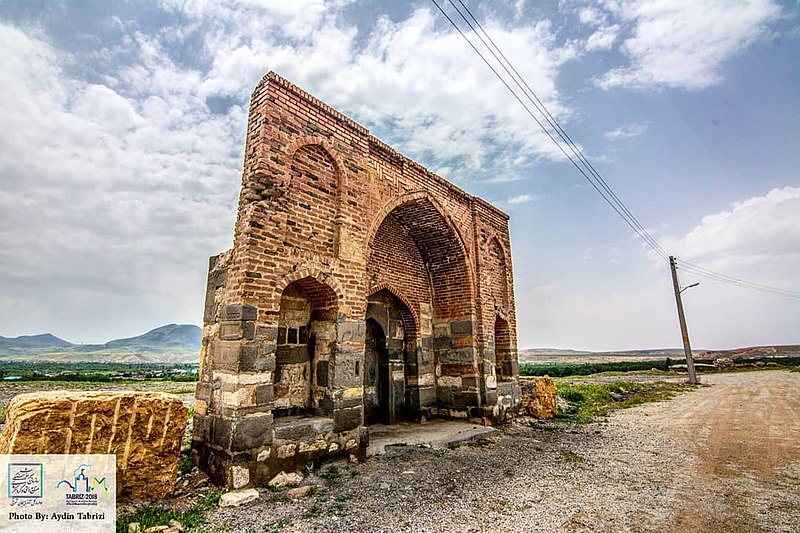


Choose blindless
Red blindless Green blindless Blue blindless Red hard to see Green hard to see Blue hard to see Monochrome Special MonochromeFont size change:
Change word spacing:
Change line height:
Change mouse type:
